Husky Build Phase 2 – Range
Husky Build Phase 2 – Range https://www.linesonmaps.com/wp-content/uploads/2019/04/2019.02.22___14.22.00___OMDEM1_002_web.jpg 1000 667 Michael Michael https://secure.gravatar.com/avatar/d30980ec39acb275922b1b6f9e3c5a60?s=96&d=wp_user_avatar&r=gHow important is range. Fact is I do not know any real experienced traveller who says you need more than 300km. Everyone confirms but relaxed tremendously when you get ahead. Oliver and I remember well as 400km calculated range have just been enough for 250km in Iceland (read more). Who really dare to difficult terrain and especially sand must calculate with double consumption and then 300km on asphalt are just 150km. But most of the time you do not know what to expect on a route, and that’s exactly what it means that range relaxes. That’s why we decided to go for it.
As alternatives to the big tank, canisters are always available and as Kai has impressively demonstrated in Siberia, somehow you can get it on a motorbike as well. What’s up with the hook in the picture you’ll learn in the report (read more) This construction has survived the entire BAM. So you do not necessarily have to carry the better variants permanently.
Canisters in different dimensions that are intended for transport on vehicles can be found at www.rotopax.com at www.kriega.com you find suitable brackets for them. Softluggage solutions are also available for this purpose. The advantage here is the compressibility while these are not needed. Solutions for that offer www.desertfox.bike or www.giantloopmoto.com I also know examples of other travellers that have used ordinary water bags. It is up to you what risk you are willing to accept when transporting about 5 liters of highly flammable liquid. In Germany it is not allowed on the motorcycle to carry additional fuel in any container.
To be able to make a decision with the large offer of accessory solutions around tank- or Rallykits a few basics about the used materials are helpful. Roughly can be differentiated into 3 groups of materials:
- Metals such as steel and aluminium
- Thermoplastics such as PA = polyamide (also named nylon) PE = polyethylene, and ABS = acrylonitrile-butadiene-styrene and PC = polycarbonate
- Duroplastic such as polyester and epoxy resins used in fiber composites such as GFK = glass fiber reinforced, CFK = carbon fiber reinforced and AFK = aramid fiber reinforced plastic.
Each material is subdivided then in many more subgroups but this would be too much detail.
Metal:
Metals are always the engineers’ favorite. All calculation methods, test methods and production methods have been tested for decades and the fracture behavior is relatively good-natured. Good-natured means that a material deformation (one speaks of flow) takes place before the break or that it announces itself by cracks. Aluminium has only about a third of the density of steel but depending on the alloy a much lower strength, so that the weight saving compared to steel usually is only a quarter to a third. A big disadvantage of aluminum is that it tends to become brittle. When Bending bent aluminum parts back they often break directly. A comparable steel part flows better (it becomes thinner in the area of the bending point) and thus loses its strength. Steel is also better weldable than aluminum, the loss of strength in the weld area is significantly lower. Aluminum is lighter and therefore more cost-effective. For metals, however, there are a variety of machines that allow acceptable prices even for small batches.
Thermoplastics:
Thermoplastics are significantly harder to calculate because they have a high flow behavior and the elastic range is relatively small relative to metals. That makes her breaking behavior very good-natured. Especially PA and PE are also very favorable with abrasive wear (for example grinding), because material is not torn out directly as it is the case with metals or duroplastics. The chemical resistance is predominantly excellent. A disadvantage of PE is the poor paint or adhesive adhesion. PA is better here, but ABS is best. PC has the advantage of being transparent and is used for screens. A major disadvantage of thermoplastics is the production. The molds and machines for injection molding are very expensive, which is why, in the small series, favorable methods such as e.g. Rotation casting or deep drawing must be resorted to. Basically, the production costs are relatively high.
Duroplastics:
Instead of focusing on duroplastics in general, I would like to limit myself to the fiber composites relevant in our case. Polyester and epoxy resins were originally used as casting resins, and with this use, it does not matter very much that they are predominantly hard and extremely brittle. Only in combination with fiber reinforcement you get components with mechanically attractive properties. The strength no matter whether GFK, CFK or AFK comes from the fibers. The resin only keeps it in shape. Glass fibers can be considered the cheap universal solution. Carbon fibers as the specialist for highest tensile strength and aramid fibers whiten the highest tear strength on e.g. even if the resin matrix is destroyed, the component still holds together on the fibers. A big difference to metals and the non-fiber-reinforced thermoplastics mentioned is their anisotropy. This means that their mechanical properties are not the same in every direction of load, it depends on the orientation of the fibers. Here is the greatest potential of weight savings in fiber composites, because no material is wasted for a load direction in which it is not needed. Correctly executed fiber composite parts are extremely durable and lightweight. The production is not really in mass production until today and is cheap for small series mostly handmade. Errors can lead to delamination (= detachment of the material layers from each other). Such an error is not necessarily visible from the outside and can only be reliably detected by X-ray or ultrasound. This risk also applies to external influences such as falls. In the mountain bike sector, there are therefore specialized companies to check the carbon fiber frame. In fact, hardly anyone buys mountain bikes with carbon fiber for that reason. In the event of a fall, a fiber composite material also reacts anything but good-natured. Once its maximum capacity is exceeded, it does not flow, it breaks directly. In addition, poorly executed laminates can form break edges reminiscent of saw teeth and are accordingly dangerous. With well-built laminates, you do not have to worry about that.
What does this mean for motorcycle parts
Rally Tower
- A steel tower would definitely be the most durable but also the heaviest.
- A tower made of fiber composite materials is the lightest and can be adapted best to the required shape, but also forgives fewer mistakes. Since the tower is rarely struck directly by a fall, the risk is low.
- Aluminum is the middle course between steel and fiber composite.
- PA and PE are used in similar constructions as aluminum. Especially in the area of the usually many screwed connections, the lower strength in comparison can have a negative effect here. Otherwise, this is a similar middle course as aluminum
Tanks
- A steel tank is initially more expensive to manufacture than an aluminum tank, it is heavier and it rusts. For this reason, there are almost only aluminum tanks. Inevitably, metal tanks have to be welded somewhere and these areas are their weak points. If these are laid stress-favorable, it requires all the more skillful craft to form a tank. Simple, tilt forms are unlikely to fulfill this requirement.
- PA / PE and its variants are the preferred material of all vehicle manufacturers, whether they are cars, trucks or motorcycles. The materials can be processed well and cheaply, especially in mass production. A high advantage is the high process reliability even for small batches. The high abrasion resistance and the pronounced flow behavior also provide excellent overload and accident safety.
- Fiber composite material is, to my knowledge, not used as a tank material for the series expect in aviation. It requires a high level of experience and quality control to ensure proper laminate buildup. In order to have sufficient security in falls and accidents an isotropic laminate construction is required and more material must be used. So the weight advantages partially compensate each other.
Conclusion
Unfortunately, nowhere are tests made for such kits and the descriptions of the manufacturers often do not provide the necessary information, e.g. Almost no one indicates how much his kit weights. On the basis of this measure alone, it would probably be obvious that the production method controlled by the manufacturer is the sole reason for the choice of material. Generally it is obvious in motorcycle accessories that existing machines must be used and the choice of materials is therefore not ideal and many accessories only arises to achieve that. In addition to questions of faith, it is therefore also a question of confidence for which material you decide.
Market
It is fascinating how many providers there are for this small niche. Each of these providers offers a rallykit or tankkit for the Husqvarna 701. Accordingly, the decision was not easy.
www.aurora-rally.com – Greece
www.pemopa.com – Germany
www.braeuer-motorradsport.de – Germany
www.safaritanks.com.au – Australia
www.hardkits.com – Australia
www.imsproducts.com – USA
www.specialthings.it – Italy
www.albertodottori.net – Italy
www.rallyandmore.com – Turkey
www.omegafibre.net – South Africa
www.bikerswarehouse.co.za – South Africa
www.radegarage.com – Czech Republic
www.kit690.com – Romania
www.701rally.com – Poland
Cirteria Material & Production Method
The only option for me are, tanks produced with high process reliability (which is never the case in manual work) and a good-natured break behavior. Consequently, metal and fiber composite are generally eliminated. Bad luck for:
www.albertodottori.net – Italia
www.omegafibre.net – South Africa
www.bikerswarehouse.co.za – South Africa
Criteria Failure Safty
A second fuel pump should be installed Fuel pumps and their filters located in the tank are common reasons for people breaking down and many therefore carry them with them as spare parts. The costs are therefore neutral and to flip a switch easily and ride on with the other pump is definitely nicer than replacing the pump or the filter on a 701. With that resigned:
www.imsproducts.com – USA
www.safaritanks.com.au – Australia
www.specialthings.it – Italy
www.rallyandmore.com – Turkey
Water shouldn’t be take too lightly. No matter if Iceland or Siberia watercrossings are parts of an offroad trip and lowering the intake is not an option, so the cheap Radekit is resigned too.
www.radegarage.com – Czech Republic
Tower or no Tower
We don’t want a Rally Tower with windshield. Without adjustable windshield it often comes to wind noise. These are dependent on seating position, size and are extremely difficult to evaluate without a test drive. In addition, the windshield bothers when shooting and taking pictures while driving the motorcycle. The following kits are offered only with Rally Tower and are therefore resigned:
www.pemopa.com – Germany
www.braeuer-motorradsport.de – Germany
www.kit690.com – Romania
www.701rally.com – Poland
Last Wishes
The manifold should not run under the engine so that it is not crushed when hit on a stone. In addition, the whole kit should be allowed to drive legally in Germany. Only the KTM Rally tanks have the required tests and surveys. With metal tanks, the entry would have been alternatively possible so resigned as the last:
www.hardkits.com – Australia
Decision
Remains so only
- www.aurora-rally.com – Greece
The price of the kit is in view of what the OEM parts cost rather low. Nevertheless, the price of this kit is an impressive sum, especially when compared to the solution of e.g. IMS. But this comparison is also incomplete. The Super 701 Kit also comes with a carbon engine guard, a better seat and the second pump. Accessories that otherwise would have been purchased with high probability. So who plays with the idea of such kits should compare very exactly what he gets where. Especially in travel you should not limit a tank kit to the mere increase in range. Thanks to the rear tank and the luggage, the front wheel on the Husqvarna 701 quickly becomes very light. As a result, it can happen e.g. in tricky climbs that the front wheel does not or hardly reacts to steering movements. The approximately 7kg for the tank kit and 12kg for 16l extra fuel improve, therefore, the weight balance and thus the drivability of the motorcycle. Canisters are the wrong approach here, because they can only be fixed at the rear and thus worsen the driving behavior. Another advantage is that the refueling of the tail tank can usually be omitted because the front 16 liters are completely sufficient for 90% of the time. With the two filler neck the tank bag must not be dismantled for refueling. Because the tank bag is not sitting on the filler neck, it is also not contaminated with fuel vapors.
Before Start
For such complex conversions, Aurora has also written the most important basic rule directly in the instructions:
- The workshop must be neat, whoever seeks long loses the last thought and makes more mistakes.
- The necessary tools should be ready.
- All parts to be built on should be on a clean surface to keep overview.
- All temporarily dismantled parts are filed systematically (eg the 4 screws of the airbox are placed to the airbox)
- Mounting material of parts that are not re-assembled are best packed directly in bags and attached to the parts (e.g. side panels)
Disassembled and replaced with parts from the kit:
Irreversibly modified original parts:
New additions:
Things from the kit we did not use:
- We have replaced the side panels by a selfmade version. Ours is stiffer and allows the installation of additional pockets.
- The speedometer bracket was not necessary for us because we have retained the original bracket.
=> useful with alternative rally towers - The cable guide would have caused a collision of the cables with the indicators and is not necessary while maintaining the original lamp mask.
=> useful with alternative rally towers - USB sockets, on both bikes we had other concepts for powering our electronic helpers.
As is the case with everything else, know-how is required for the production of such a kit. In such a niche market you can hardly expect extensive tests and the knowledge and experience of the designer is ultimately dominating the quality and function of the kit. A few examples that are nice 2 know as a customer as well are described here.
Some pitfalls had the conversion definitly. For example the already tricky mounting of the exhaust is not easier through the kit. Now that it is mounted and working, we are happy. The range relaxes and the second pump too. Theoretically one can convert the pump of the right one also in the left tank, should this be leaking. In addition, the tanks are surprisingly easy to disassemble. The left tank can be e.g. also be used as a jerry can for a fellow traveler (if necessary empty the rear tank first to avoid an uneven weight distribution).
Big disadvantage of the kit is definitely the availability of the tanks. A batch is usually out of stock in a short time. It is not unlikely that you cannot exchange a broken tank during a trip. Nevertheless, I would never mount a crash bar again after the experience with my 990 (read more) First, none is available and on the other, a bag directly on the tank is much more useful. It dampens the impact on the tank, thus ensuring the survival of tank and frame.
Longtherm experience follws when available …
Michael
All stories by: Michael2 comments
-
-
Michael
Hello Douglas,
tires are a difficult topic and personal riding style and purpose has a high impact especially on longevity. I want to write a more detailed article for the website here with my experience but haven’t started yet. Just as short info for now. During American Loop i used 2 Motoz Desert HT and a Michelin Desert Race on the rear and they could be used for about 10.000km. Like all hard Rally tires they are a nightmare on wet pavement or cobblestone. I also had a E09 and TKC80 which both were worn out after about 6000-7000km, but had a better performance on pavement than the Rally Tires.
The behaviour on the front is a totally different one. TKC on the front was the longest lasting tire is used 12000km and still thread left. I also used Motoz Rallz, Motoz Desert and Michelin Desert but all had a sawtooth after already about 4000km and riding them from that point on was acceptable but not great. I got more or less 10.000 out of all of them but only the Motoz Desert had still acceptable grip on his last kilometers.
Most people think honestly to much about tires. Its basically 3 relevant classes for ADV riding. 50/50 Tires like Heidenau K60 Scout, Street orientated knobbies like the TKC80 and Rally Tires like the Michelin Desert Race. If you read the desciptions on the tire manufacurers website you know in which class they fit in. For my riding stlye the calculation is simple. I always got 5000km out of any street orientated knobbies i tried. It got Double the kms out of a Rally Tire and i never rode a 50/50 to its end but assume it will be 3 times as much so around 15000km. So start with the stock TKC80 its always a great reference and you have a pretty good guess how far you get with the others. The brand doesn’t has such a big impact it’s more the nuances that make the difference.




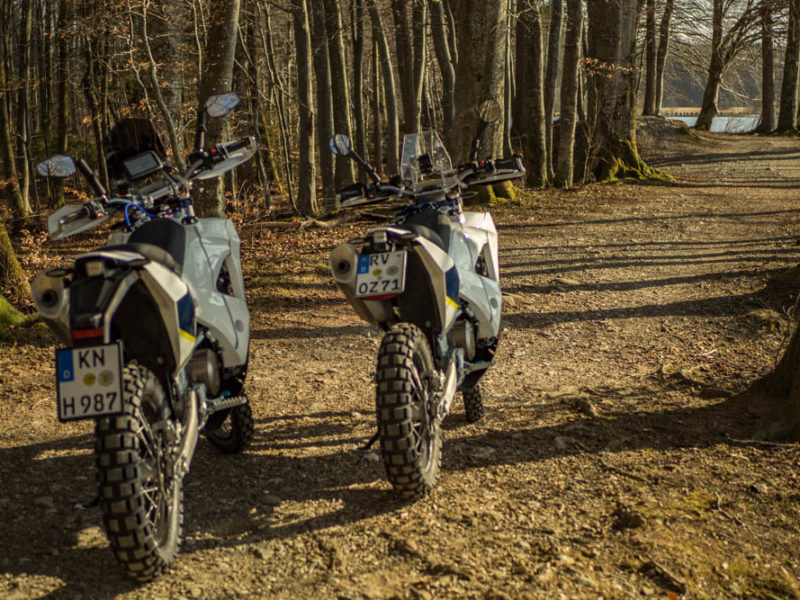
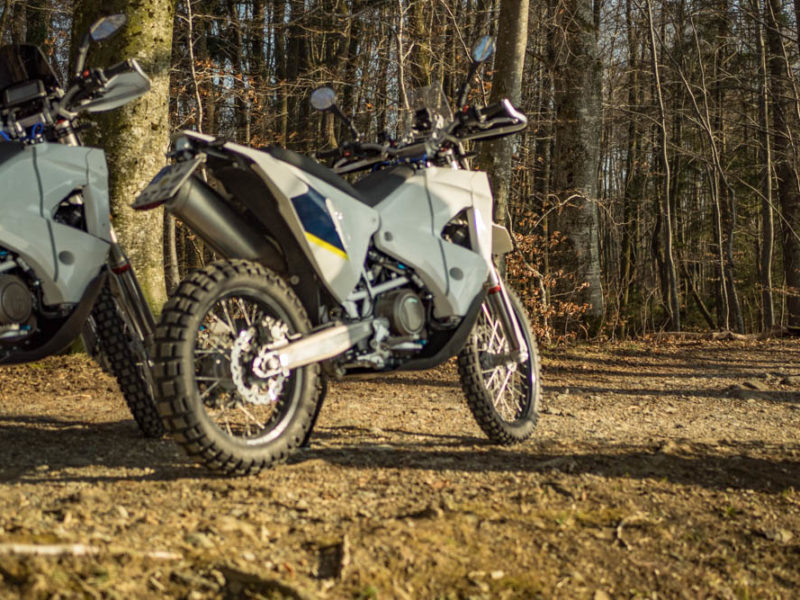
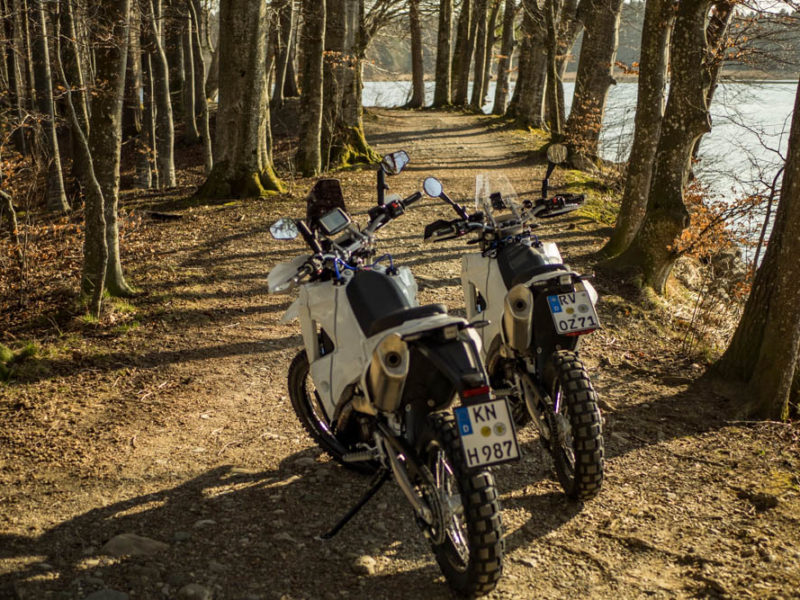
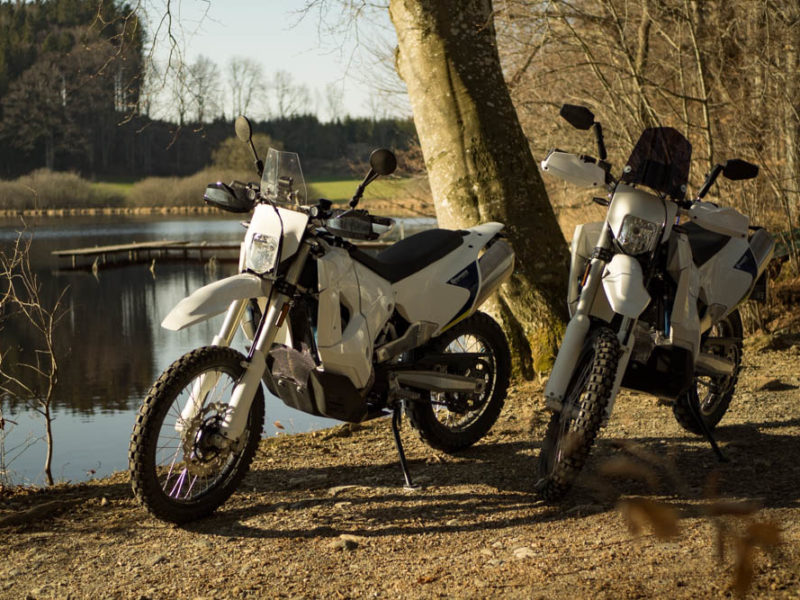
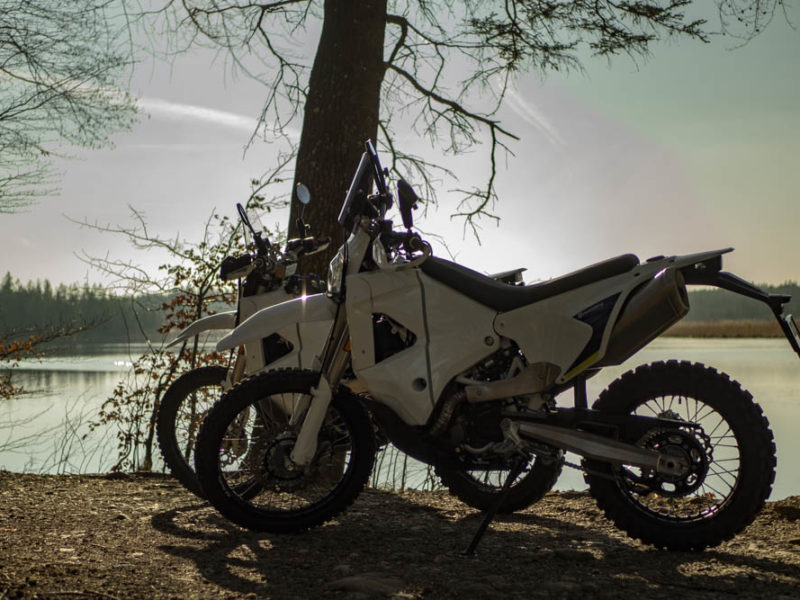
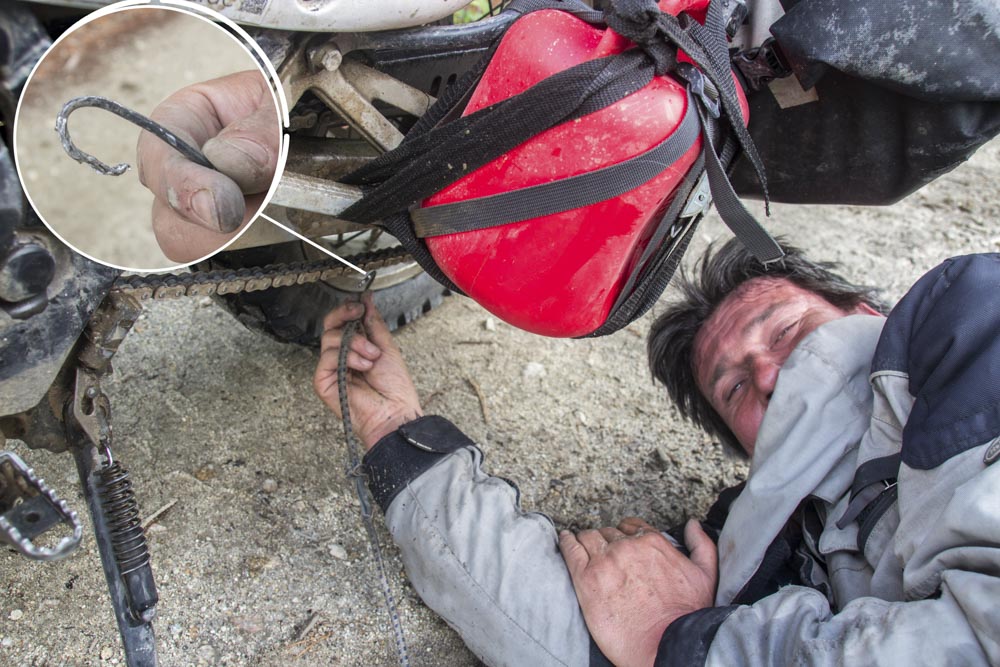
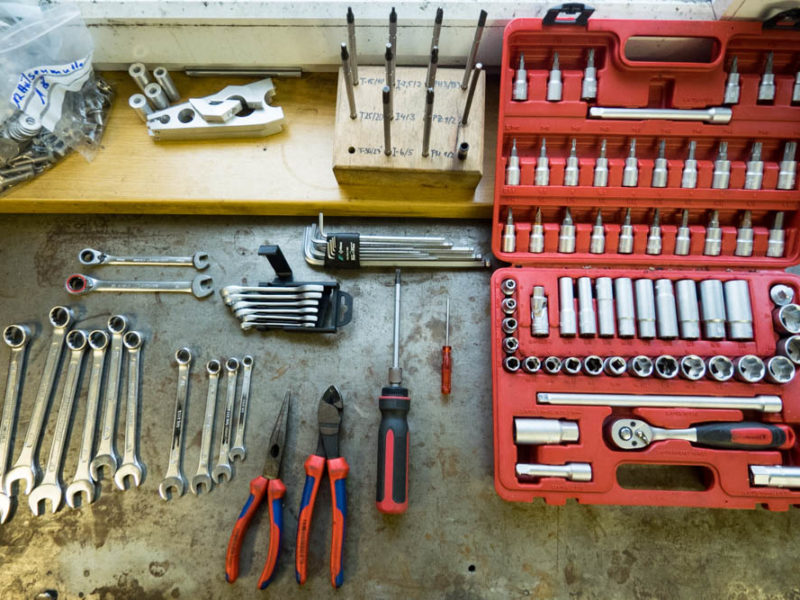
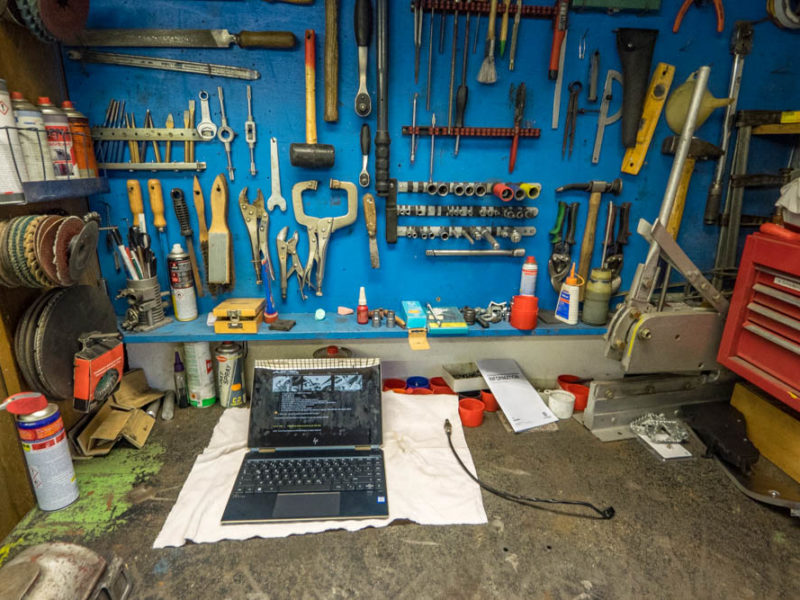
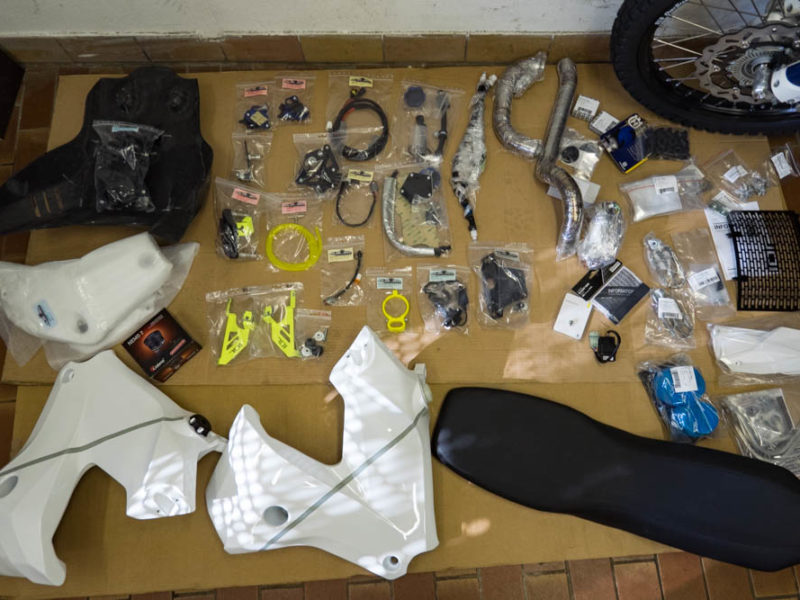
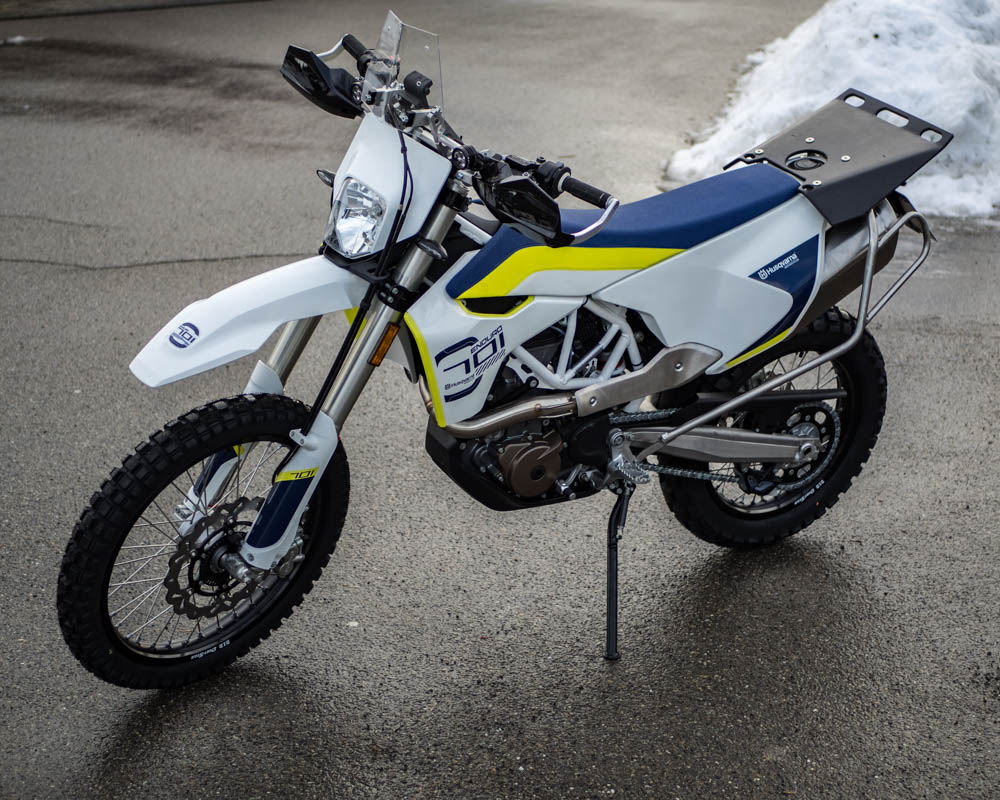
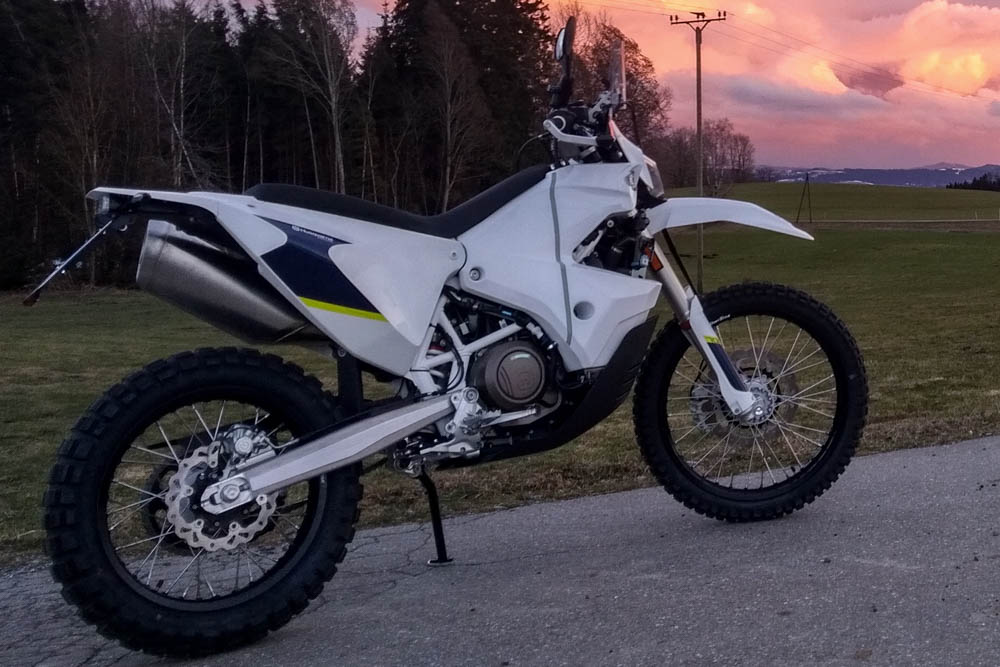
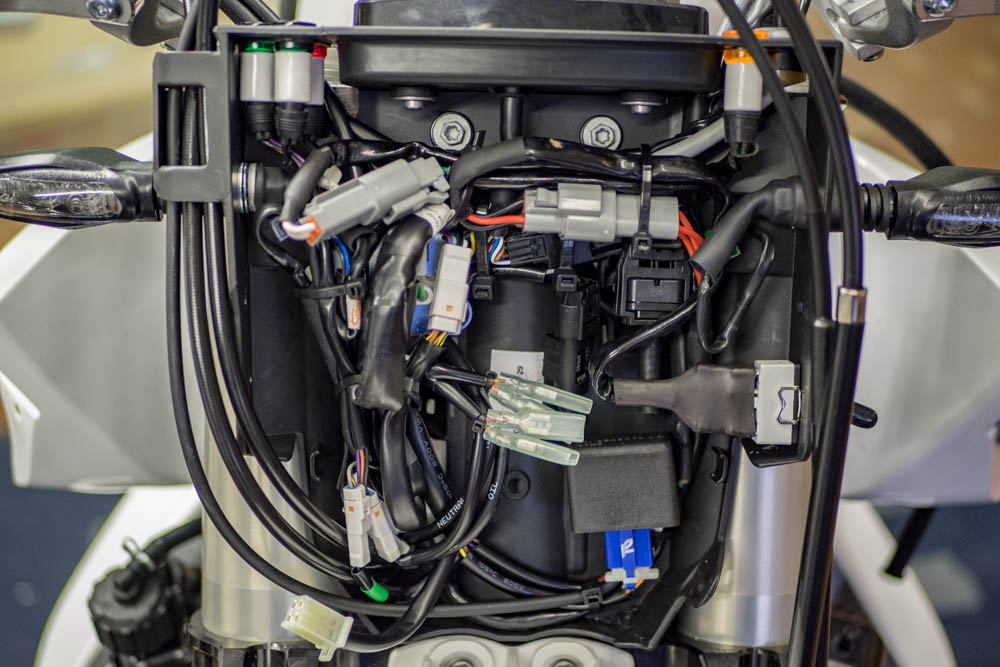
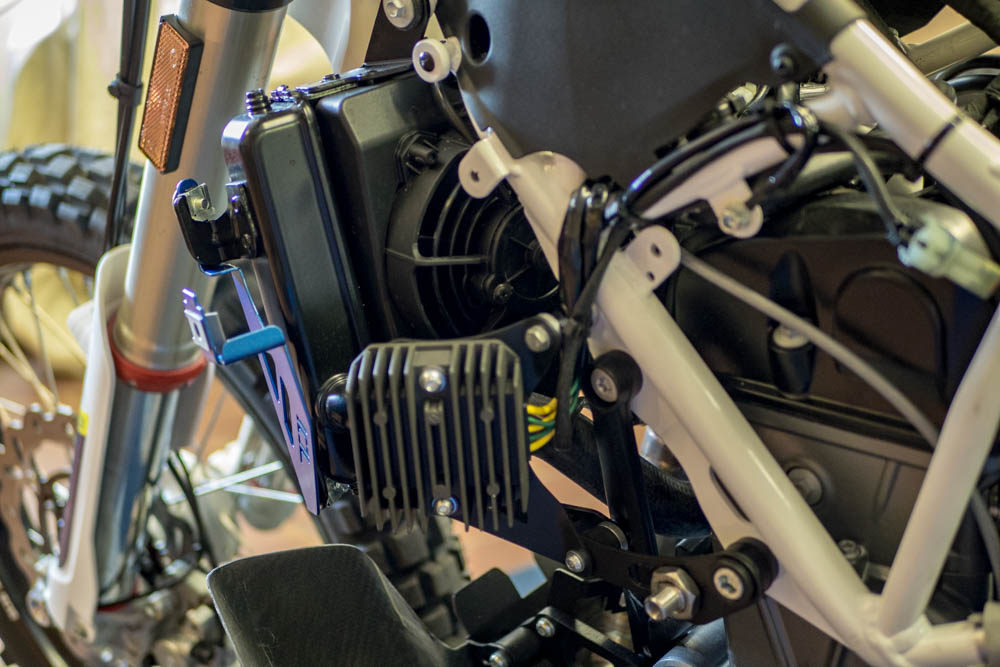
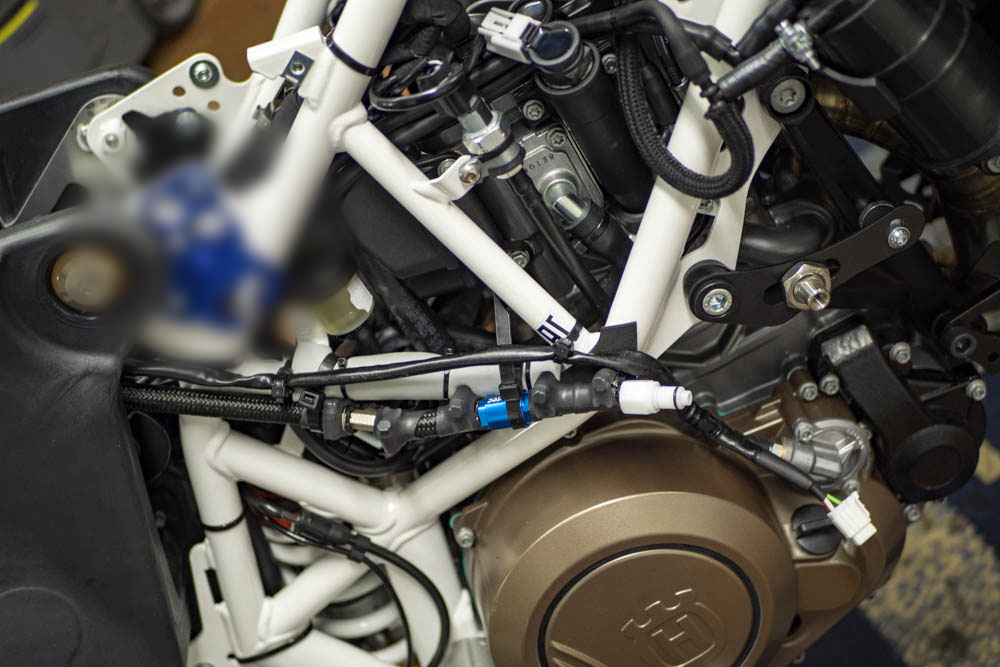
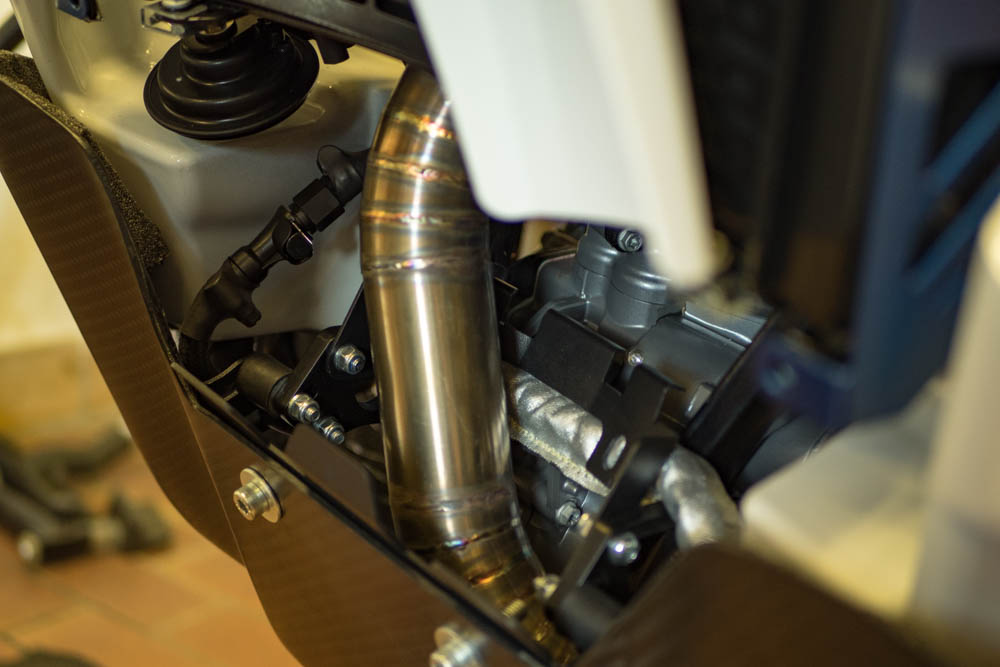
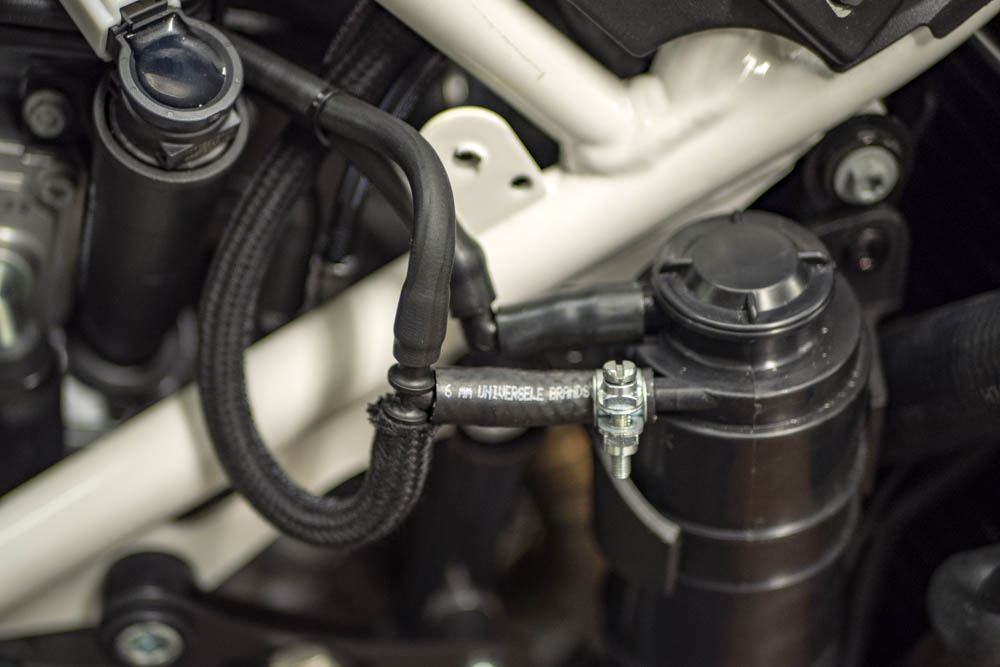
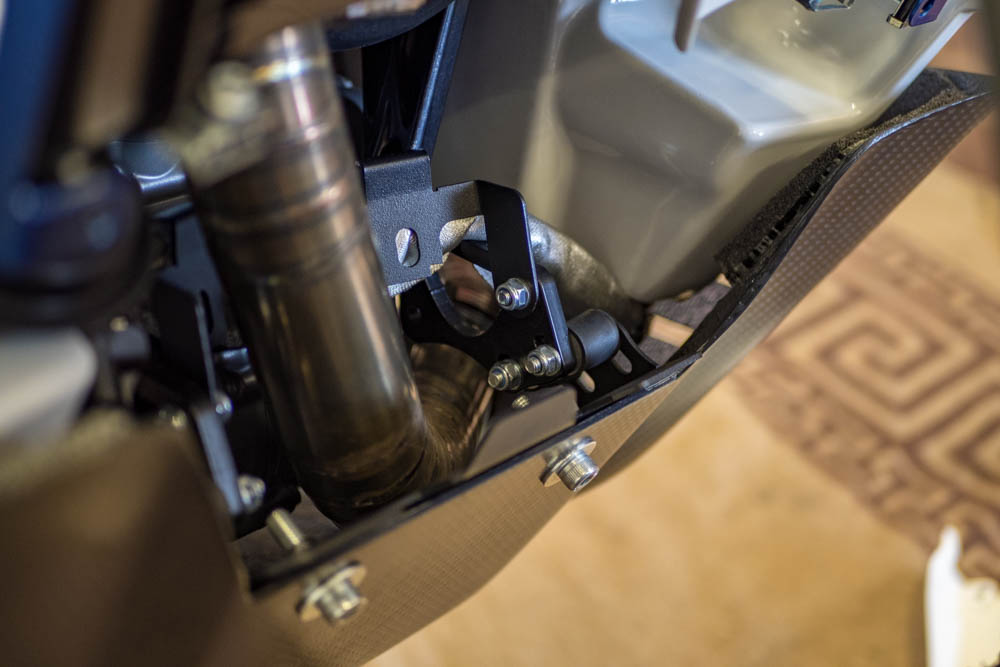
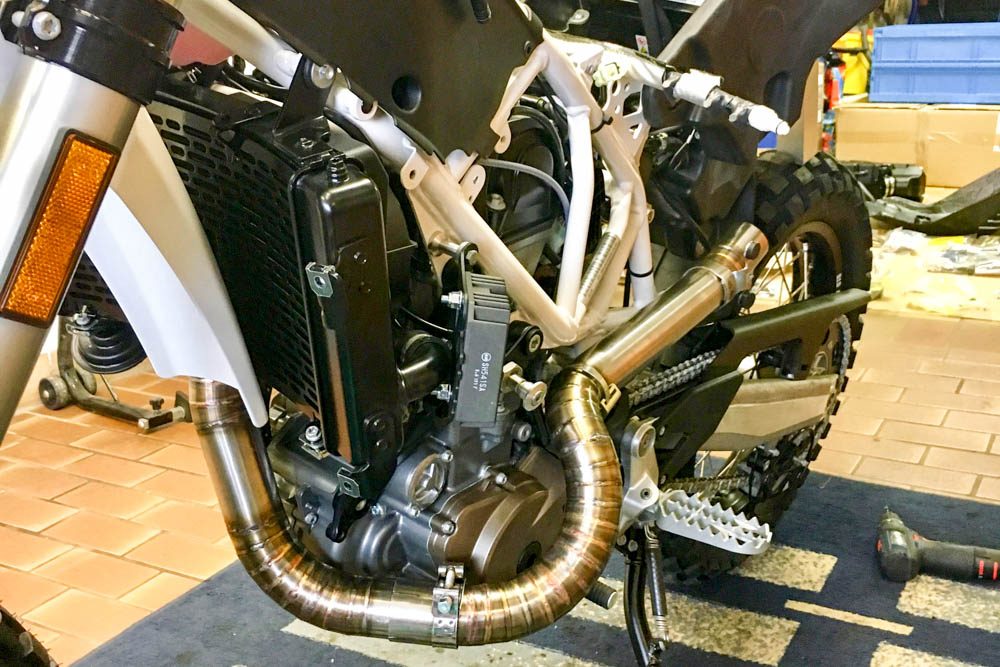
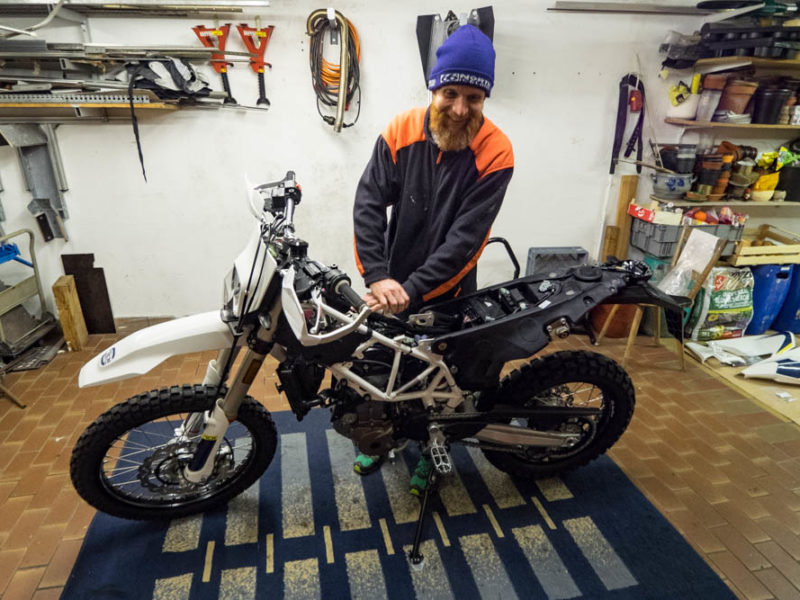
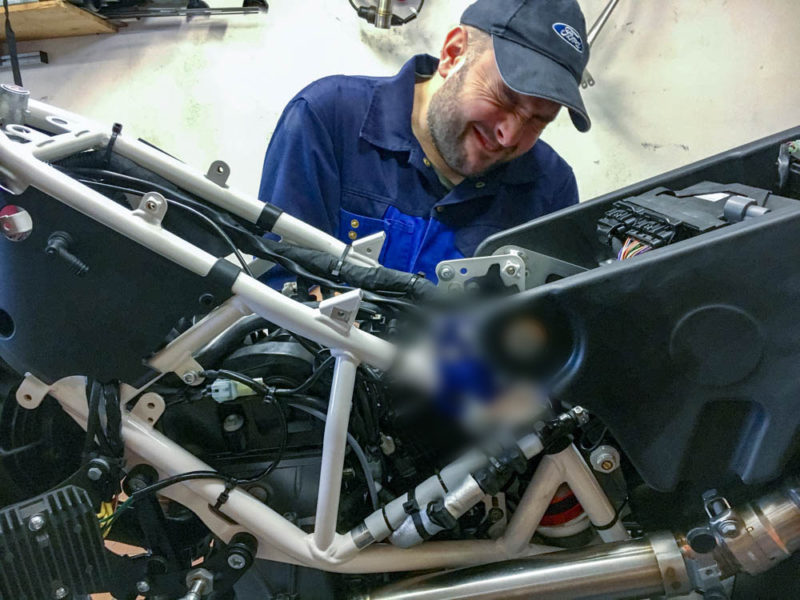

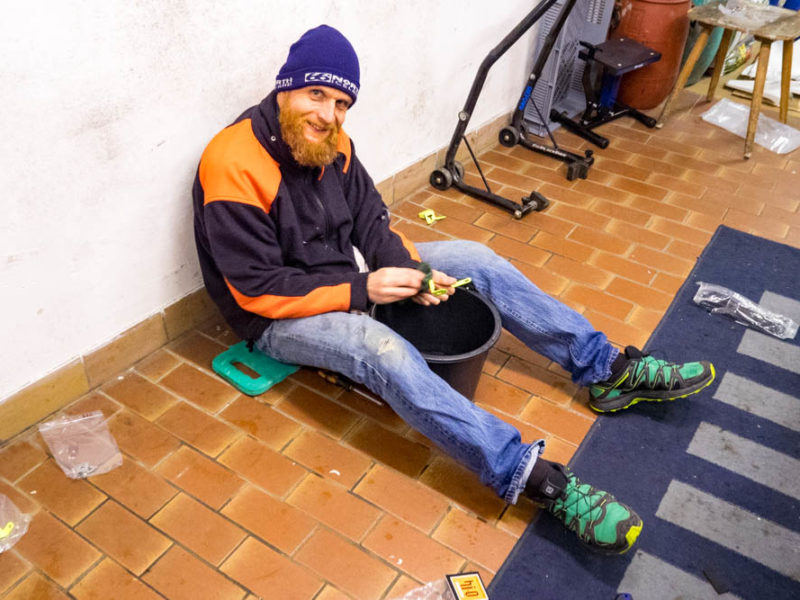
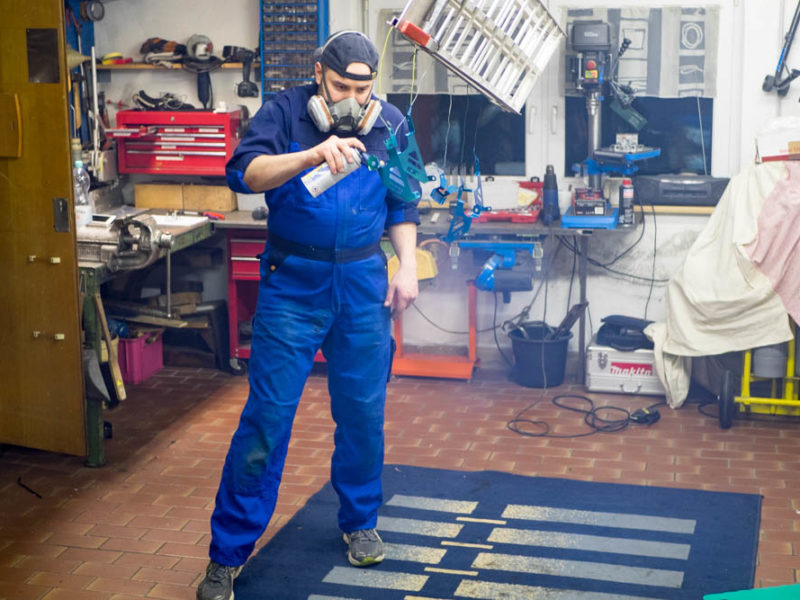
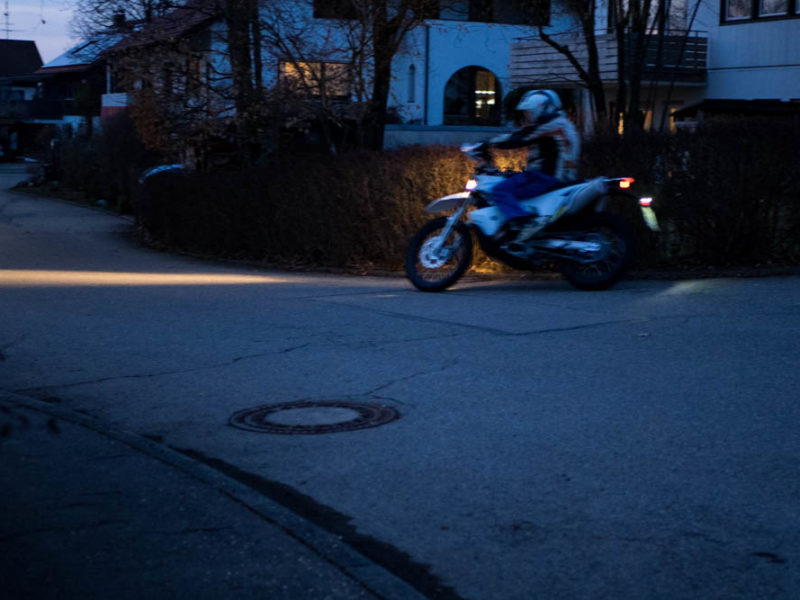
Douglas Graham
What tire did you find to be the best for longevity on the 701?